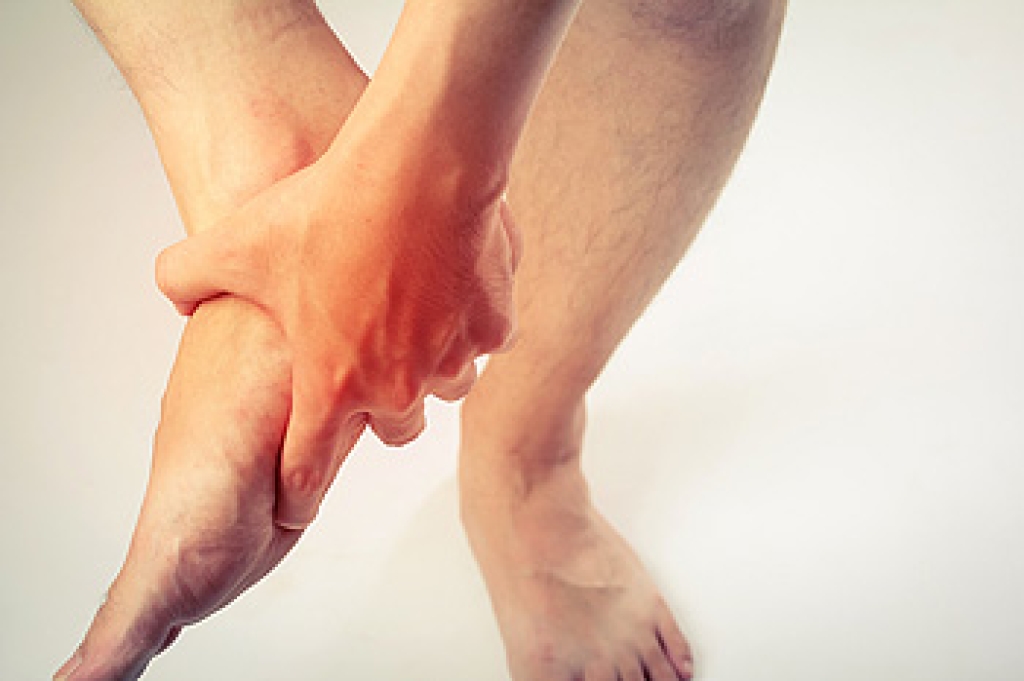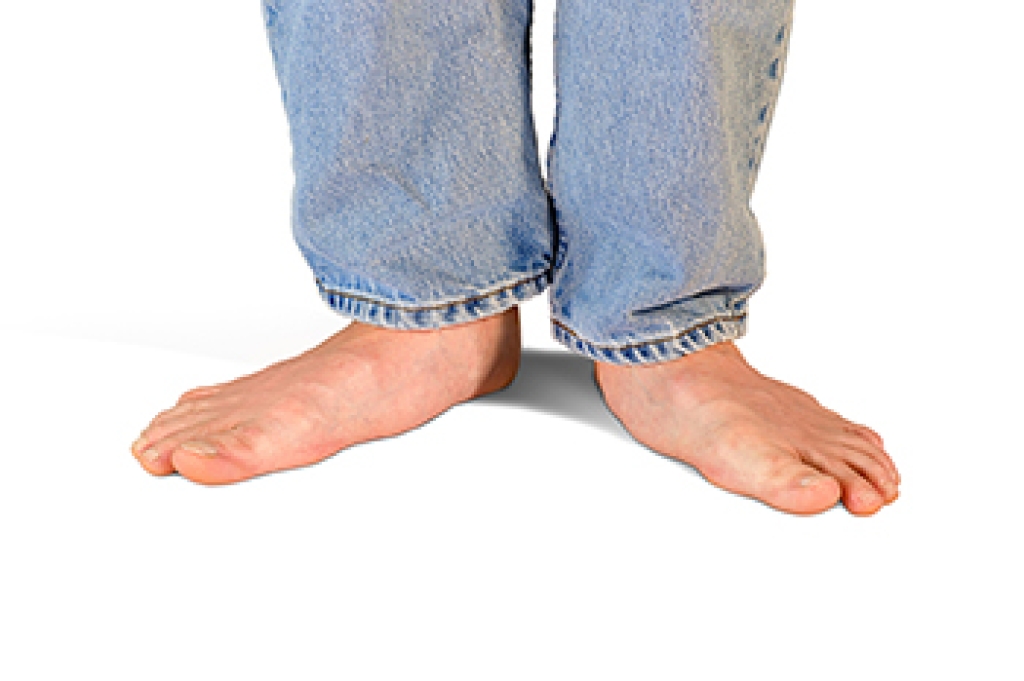 There are many potential causes of foot pain. From an overuse injury to an underlying disease, foot pain is a sign that something is wrong and needs to be treated. Pain at the heel could be indicative of plantar fasciitis, bursitis, or heel spurs, while pain in the ball of the foot may be sesamoiditis or Morton’s neuroma. Pain in the toes may be from an injury, like a broken toe, or deformities, such as a bunion or hammertoe. Various systemic diseases, including arthritis and diabetes, can also affect the feet. Problems with the skin on the feet, such as athlete’s foot, corns, calluses, and plantar warts are sometimes painful as well. If you are experiencing any foot pain, it is strongly suggested that you seek the care of a chiropodist.
There are many potential causes of foot pain. From an overuse injury to an underlying disease, foot pain is a sign that something is wrong and needs to be treated. Pain at the heel could be indicative of plantar fasciitis, bursitis, or heel spurs, while pain in the ball of the foot may be sesamoiditis or Morton’s neuroma. Pain in the toes may be from an injury, like a broken toe, or deformities, such as a bunion or hammertoe. Various systemic diseases, including arthritis and diabetes, can also affect the feet. Problems with the skin on the feet, such as athlete’s foot, corns, calluses, and plantar warts are sometimes painful as well. If you are experiencing any foot pain, it is strongly suggested that you seek the care of a chiropodist.
Foot pain can have many causes. To receive an accurate diagnosis and treatment for your foot pain, please consult with one of the chiropodists from The Footcare Centre. Our chiropodists will assess your condition and provide you with quality foot and ankle treatment.
Causes
There are a variety of different conditions that can cause foot pain, including:
- Plantar fasciitis
- Deformities, such as bunions or hammertoes
- Injuries to the muscles, bones, tendons, or ligaments in the feet
- Arthritis
- Flat feet
- Ingrown toenails
Symptoms
The type and location of your foot pain can help determine what may be causing it and what type of treatment options are best for you.
Common types of foot pain include:
- Heel pain
- Arch pain
- Toe pain
- Ball of foot pain
- Pain that has a stabbing, burning, or tingling quality
- Pain that is constant, intermittent, or that gets better or worse depending on the situation
Diagnosis
A thorough medical history and physical examination of your feet will be required to determine a diagnosis. Imaging studies, such as X-rays or MRIs may be performed to rule out or confirm certain diagnoses.
Treatment
Treatment will depend on the cause of the pain. Common treatments for foot pain include resting, icing, compressing, and elevating the affected foot, wearing orthotics, or taking anti-inflammatory medications.
If you have any questions please feel free to contact our office located in Niagara Falls, ON .
 Flat feet
Flat feet

 Ingrown toenails
Ingrown toenails